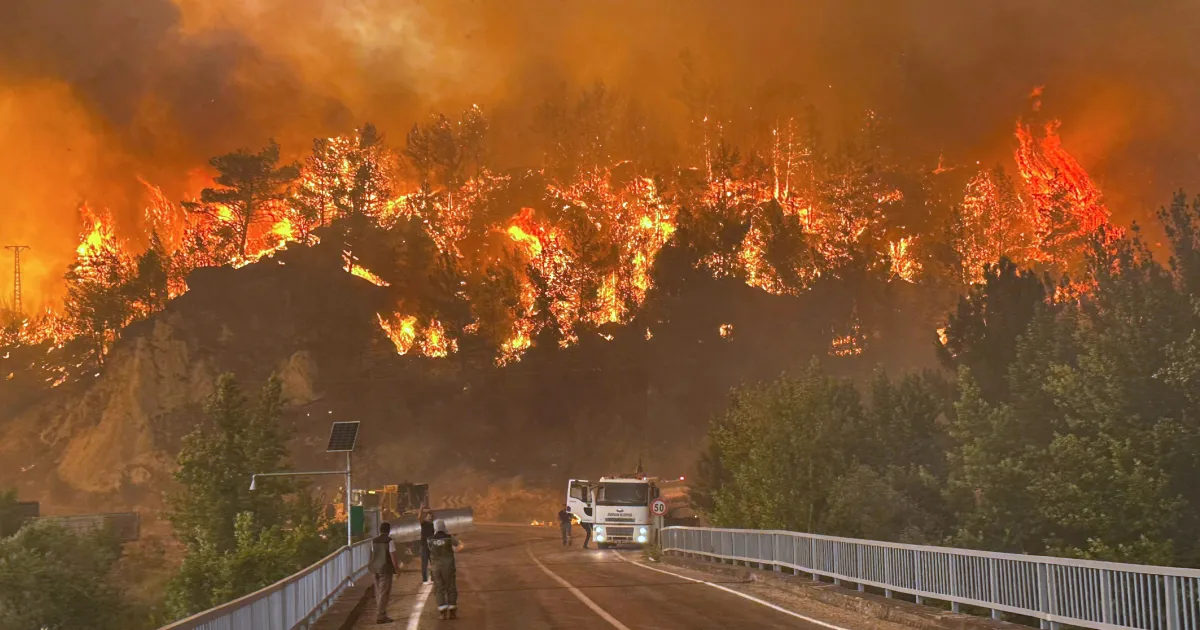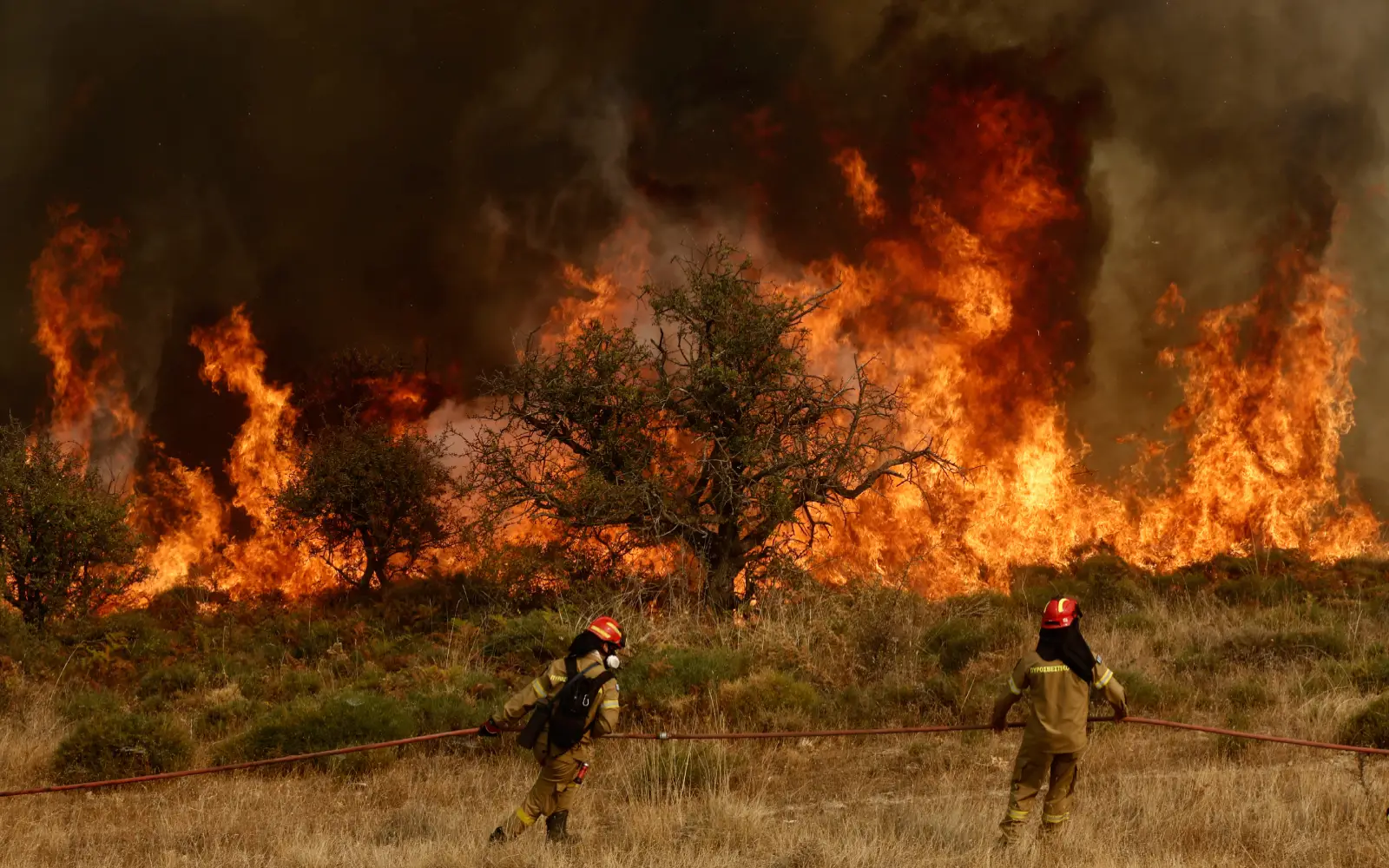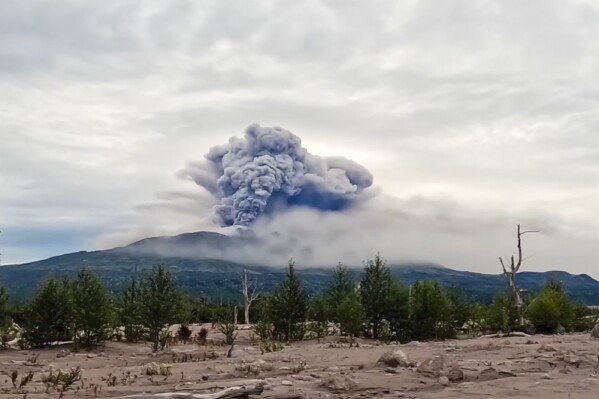Advancements in weather forecasting are transforming our ability to predict and respond to changing weather conditions, placing human-friendliness at the forefront. With the increasing frequency and intensity of extreme weather events, accurate and timely weather predictions have become vital for the safety and well-being of individuals and communities worldwide.
Cutting-edge technologies and data analysis are revolutionizing the accuracy of weather forecasting models. Supercomputers equipped with sophisticated algorithms can process vast amounts of data from satellites, weather stations, and atmospheric sensors in real-time, allowing meteorologists to make more precise and reliable predictions. These advancements enable us to anticipate severe weather phenomena such as hurricanes, tornadoes, and heatwaves with greater accuracy, giving people more time to prepare, evacuate, or take necessary precautions.
Early warnings play a crucial role in ensuring the safety of vulnerable communities. Human-friendly weather forecasting systems focus on delivering clear and easily understandable information to the public. Through user-friendly mobile applications, websites, and emergency alert systems, individuals can receive real-time updates and warnings tailored to their specific locations. This empowers people to make informed decisions and take appropriate actions to protect themselves and their properties from the impacts of extreme weather events.
Resilience-building strategies are also becoming integral to human-friendly weather forecasting. By analyzing historical weather patterns, climate data, and risk assessments, experts can develop strategies to strengthen infrastructure, improve disaster preparedness, and enhance community resilience. These proactive measures aim to minimize the potential damages caused by extreme weather events and facilitate faster recovery in their aftermath.
The integration of technology and data analysis in weather forecasting not only enhances accuracy but also enables better risk mitigation strategies. By understanding weather patterns and their potential impacts, governments, organizations, and communities can implement measures to reduce vulnerabilities, such as improving building codes, implementing early warning systems, and investing in climate-resilient infrastructure. These efforts contribute to creating a safer and more prepared future for all.
As the weather forecasting revolution continues, the potential for human-friendly predictions to save lives and protect communities is immense. By harnessing the power of technology, data, and community engagement, we can empower individuals to make informed decisions, build resilience, and adapt to the changing climate. Through human-friendly weather forecasting, we are shaping a safer tomorrow for ourselves and future generations.










